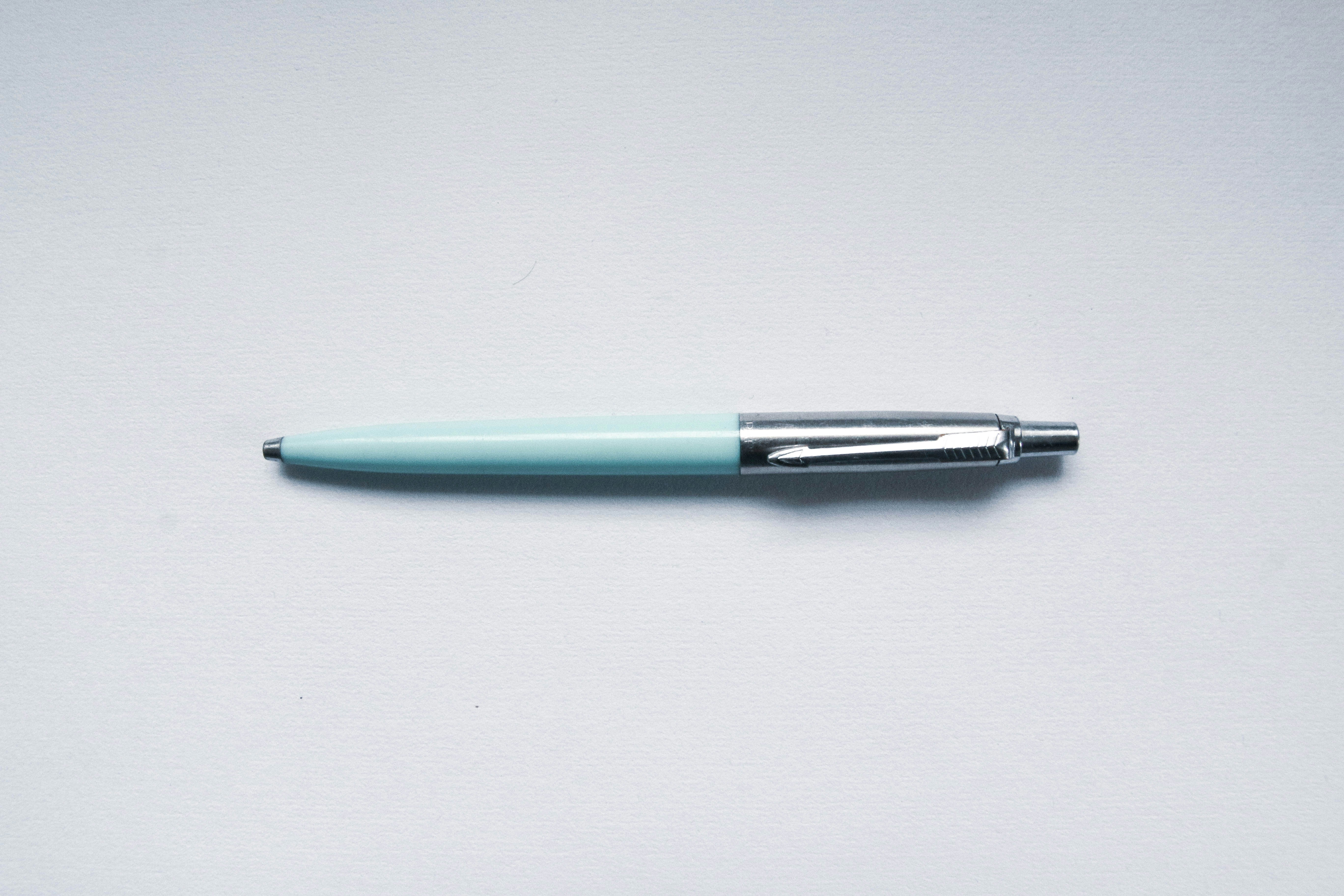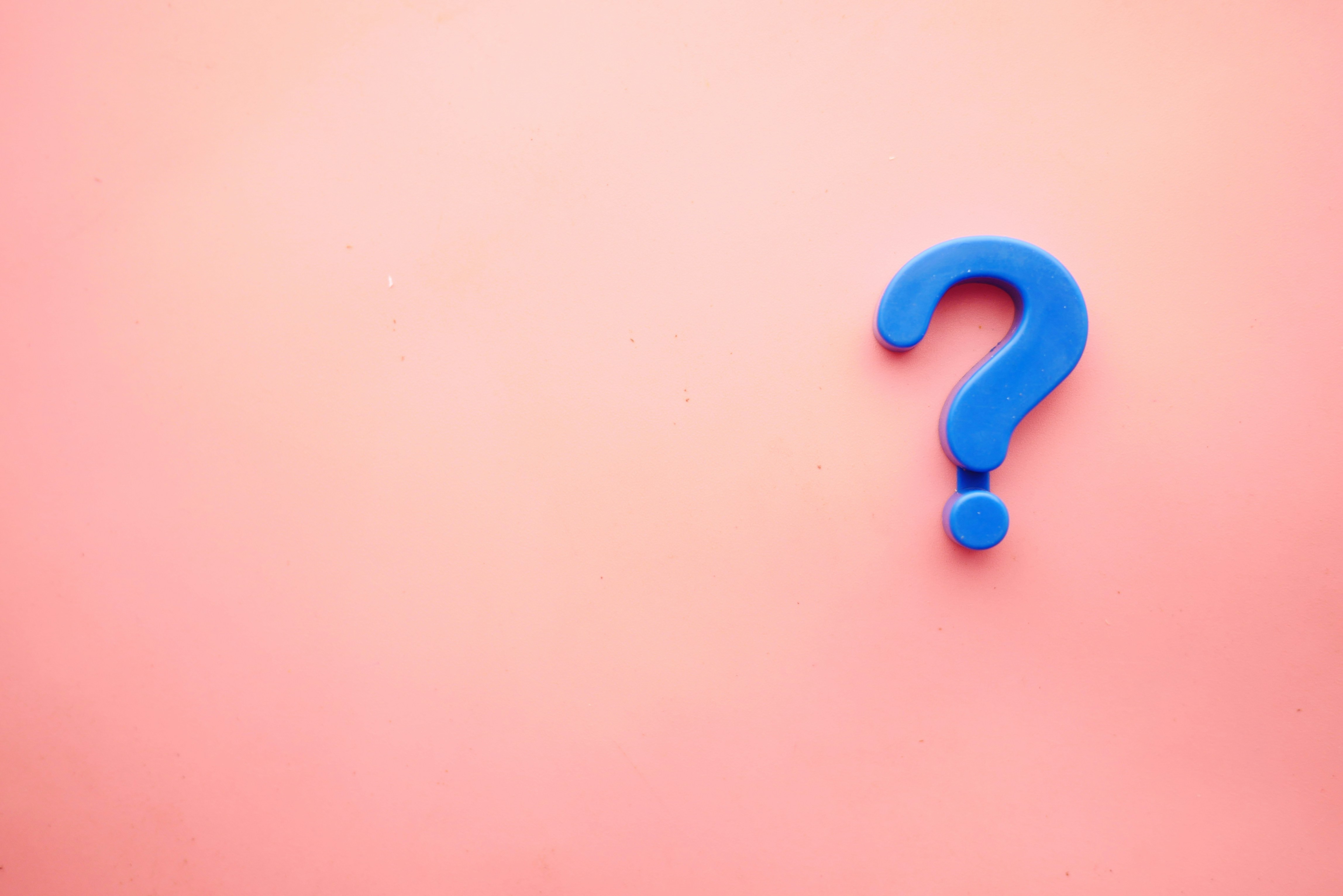Table of Contents
- So you wanna be a UX designer?
- My comprehensive guide on how to get started in UX design:
- How to tell your story with Steven Steiner
- 10 essential things to know when moving to UX
- 1. Good visuals won't save a bad experience
- 2. You'll need to let go of perfectionism
- 3. Problem-solving becomes your main skill
- 4. Your process matters more than your final product
- 5. Learn UX terminology
- 6. Understand research methods
- A-to-Z guide on UX research ⤵️
- 7. Create a "Playground" section on your website
- 8. Reframe your existing design work
- 9. Optimize your LinkedIn profile
- How to brand your LinkedIn as a UX designer
- 10. Don't compare yourself to experienced UX designers
- You’re enough, trust me on this one ⤵️
- What to include in your 'Playground' projects
- You're not behind
So you wanna be a UX designer?
Welcome to UX.
My comprehensive guide on how to get started in UX design:
How to tell your story with Steven Steiner

10 essential things to know when moving to UX

1. Good visuals won't save a bad experience
- Learn interaction design basics, not just interface design
- Study task flows, user needs, and usability principles (start with Jakob Nielsen's 10 heuristics)
- Use tools like Figma or Whimsical to build and test interactive prototypes
2. You'll need to let go of perfectionism
- Show your work early, even when it's messy
- Build low-fidelity wireframes, not polished Dribbble shots.
- Get comfortable with feedback. Ask for it before you feel "ready"
3. Problem-solving becomes your main skill
- Add problem-solving stories in your case studies
- Use actual metrics, user feedback, or before/after examples to show impact
- Explain your design decisions and how they helped users
4. Your process matters more than your final product
- Don't hide the messy middle part - that's where your thinking shines
- Document your journey from idea to solution, not just the final screens
5. Learn UX terminology
- Read UX resources: UX Playbook, UX Collective and NNGroup.
- Take a beginner course covering both strategy and execution
- Practice explaining UX concepts in simple terms to friends
6. Understand research methods
- Learn to write basic usability test plans
- Understand research methods: surveys, interviews, observations
- Run informal tests with friends, watch them struggle, and take notes.
A-to-Z guide on UX research ⤵️
7. Create a "Playground" section on your website
- Create mock UX projects that solve real problems.
- Make it clear these are exploratory, not client projects. Transparency wins.
- Show your process. Sketch ideas. Test assumptions. Even if it’s fake, show how you’d work.
8. Reframe your existing design work
- For each visual project, explain: Who was the audience? What problem did this solve? Why did you make certain choices?
- Turn visuals into stories. Even poster designs had constraints and goals
- Add UX context where possible: Did your work affect engagement or behavior?
9. Optimize your LinkedIn profile
- Create a clear headline that shows your transition: "Graphic Designer → UX Designer"
- Rewrite your About section to tell a short, punchy story.
- Follow this guide: 🔗 Design your LinkedIn for UX jobs.
How to brand your LinkedIn as a UX designer
10. Don't compare yourself to experienced UX designers
- Focus on documenting your growth
- Get feedback and show improvement
- Share your learning journey on social platforms (i.e. LinkedIn, or X)
You’re enough, trust me on this one ⤵️
What to include in your 'Playground' projects

- A problem you wanted to solve (e.g. “I hate how hard it is to book a dentist online”)
- Feedback you gathered from friends or potential users (if possible)
- Your assumptions and how you planned to validate them
- What you learned and what you'd change next time
- Sketches or wireframes, not just polished mockups





![UX Glossary 2025 [FREE PDF]](https://www.notion.so/image/https:%2F%2Fpublic-files.gumroad.com%2Fgxx6wn4zfi18pac7rpi5ar5ngiwy?table=block&id=1d82a971-edb7-802a-bbb8-cb7f33e2a445&cache=v2)
![UX Glossary 2025 [FREE PDF]](https://www.notion.so/image/https:%2F%2Fpublic-files.gumroad.com%2Fxzmktzpbp1f1cm96xujmb1aq0y9u?table=block&id=1d82a971-edb7-802a-bbb8-cb7f33e2a445&cache=v2)





























